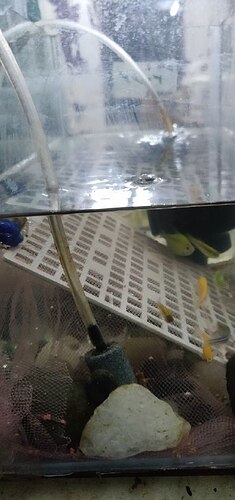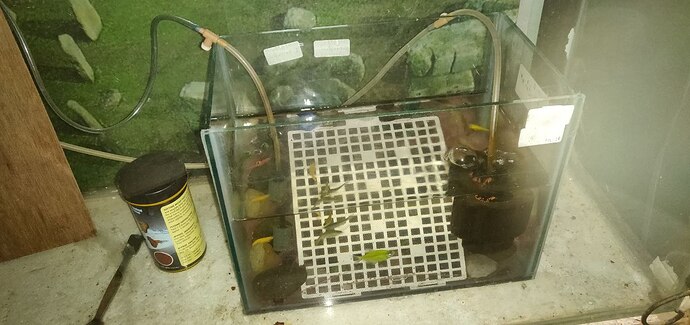At Living Academy, learning extends beyond the confines of traditional classrooms. To foster curiosity and engagement, we introduced aquatic organisms like Moina (More about it in biocorner thread) as dynamic learning tools on topics of frontier research or as simple as learning Physical, Chemical and Biological Interactions in Aquatic systems. Therefore, adding more members to the aquatic family can help us understand these interactions.
In K J Somaiya College, Mumbai, Zebrafish were being cultured by undergrad students for project work, and as the project was completed, they were handed over to CUBE. This was a good opportunity to set up these fishes at Living Academy Pune. Abhijeet Singh, Vatsal Savla, and Ayush Shetty took these fishes to Living Academy and made 2 tank cultures along with students at the Living Academy.
A total of 3 Zebrafish were brought to KB’s Living Academy, Pune by Myself, Vatsal and Ayush on 12th April from Somaiya College. The plan was to set up a Zebrafish Tank culture initiate discussion on zebrafish research among the students coming to Living Academy.
We transferred them into a temporary jar till the students came so that with them, we could make a tank culture.
On the morning of 13th April we found 1 Zebrafish dead which we think is because it had an infection towards the tail side. In hurry of saving other fishes we didn’t click photos of dead fish. Sorry for that. After cleaning and adding fesh DC water we let the fishes rest.
By the afternoon of 13th April, Abhijeet, Vatsal, Ayush, and GN sir got 1 dozen zebrafish and 1 dozen guppy fish from the nearby aquarium in 2 separate bags. We cleaned up two tanks of ~10 liters volume. One for Zebrafish and another for Guppyfish. So, towards the start, you’ll see the connection of the aerator. And inside a big tank, there are 2 small tanks out of which in 2nd one you’ll see that there are 2 bags which contain the fishes
We are here acclimatizing the fish to a new water. As it was brought from the aquarium. Added a few stones and pebells in the tank.
Here we are transferring the fish. The students curiously observed Vasal doing the transfer.
This is how it looked when prepared. We put the labels and made a log book.
Currently, they are being cultured by feeding fish food and Moina as live food. Soon, we can initiate discussions with students regarding research prospects and other relevant topics.


